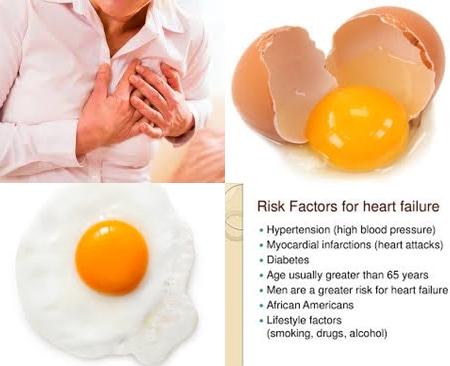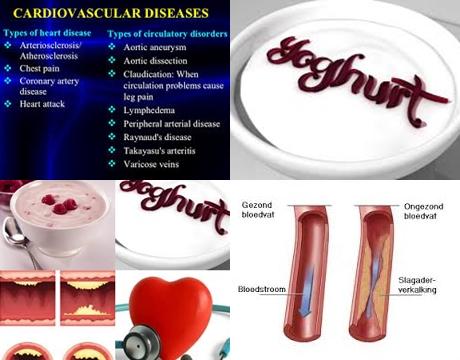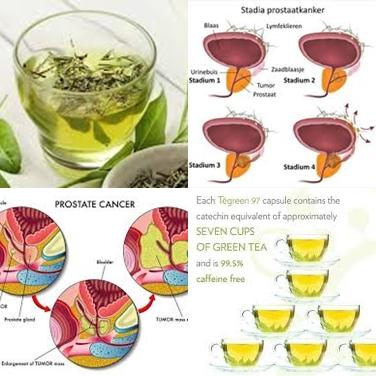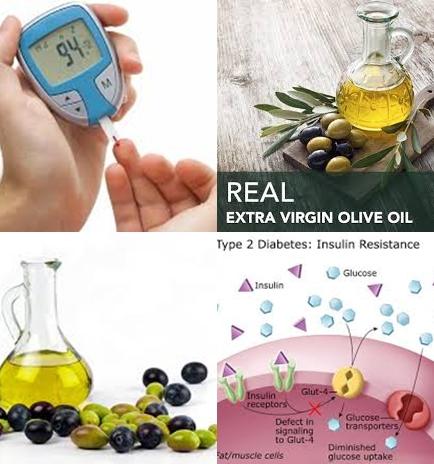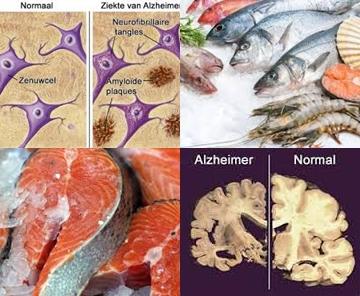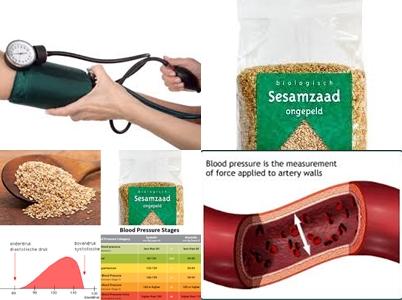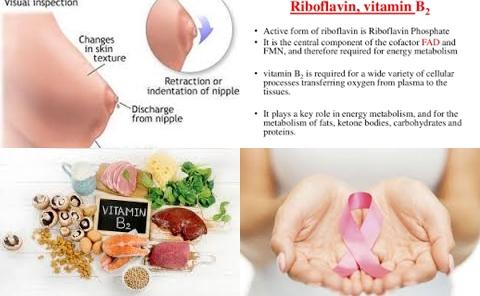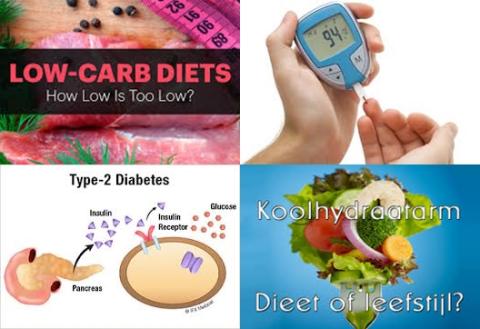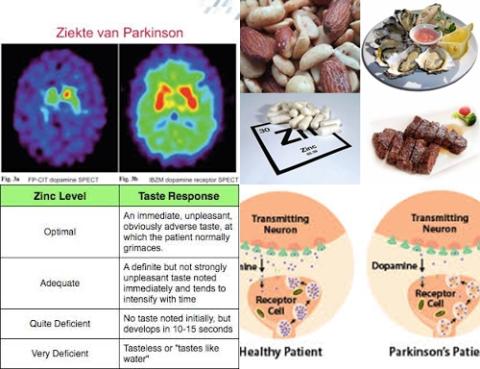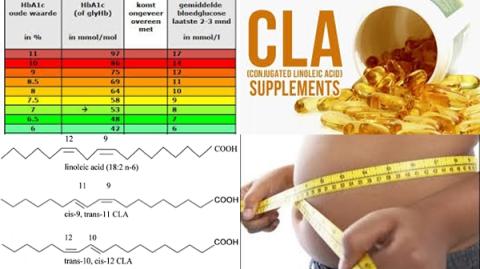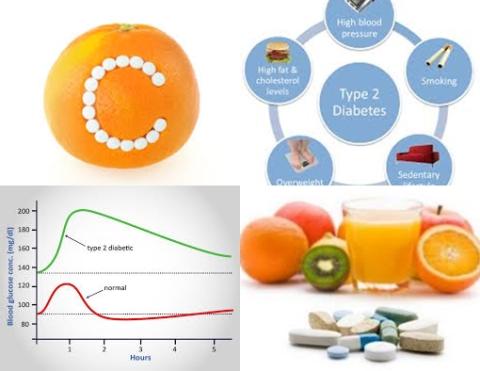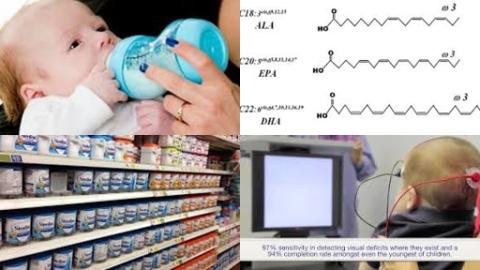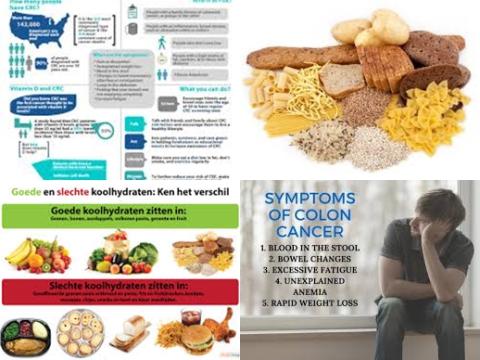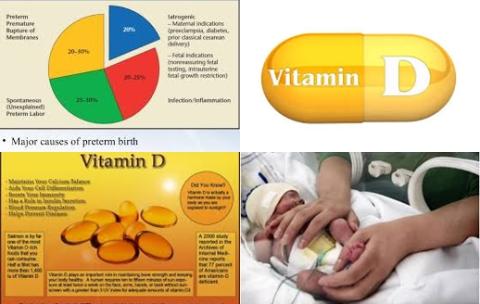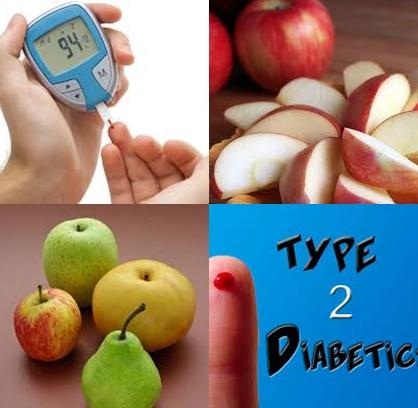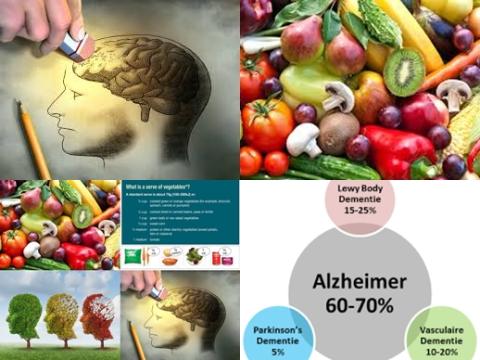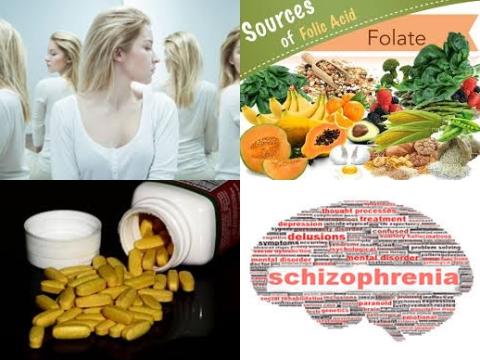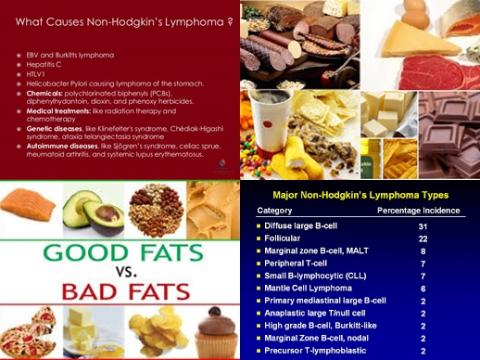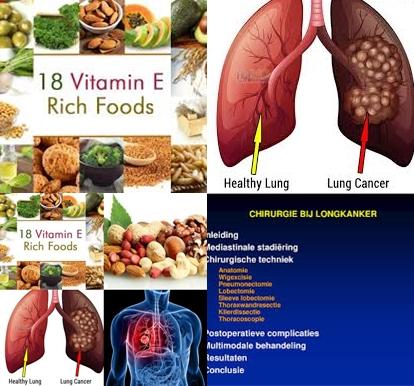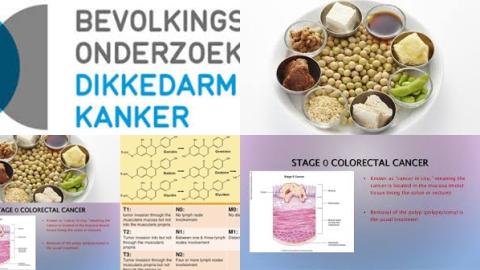A higher consumption of whole grains, fruits and dairy products reduces type 2 diabetes risk
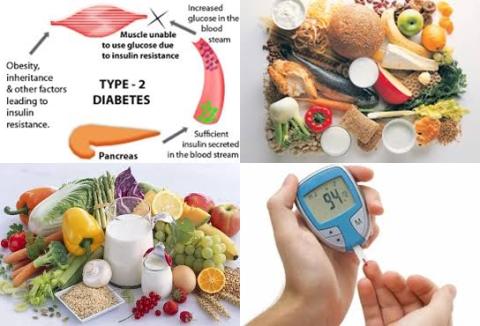
Objectives:
What is the relationship between intake of 12 major food groups and risk of type 2 diabetes (T2D)?
Study design:
This review article included prospective cohort studies.
The 12 major food groups are whole grains, refined grains, vegetables, fruits, nuts, legumes, eggs, dairy, fish, red meat, processed meat and sugar-sweetened beverages (SSB).
The meta-evidence was graded "low" for legumes and nuts; "moderate" for refined grains, vegetables, fruit, eggs, dairy and fish; and "high" for processed meat, red meat, whole grains and sugar-sweetened beverages.
Results and conclusions:
The investigators found 6 out of the 12 food-groups showed a significant relation with risk of type 2 diabetes; 3 of them a decrease of risk with increasing consumption (whole grains, fruits and dairy) and 3 an increase of risk with increasing consumption (red meat, processed meat and sugar-sweetened beverages) in the linear dose-response meta-analysis.
The investigators found evidence of a non-linear relationship between fruits, vegetables, processed meat, whole grains and sugar-sweetened beverages and type 2 diabetes risk.
The investigators found optimal consumption of risk-decreasing foods resulted in a 42% reduction and consumption of risk-increasing foods was associated with a threefold type 2 diabetes risk, compared to non-consumption.
The meta-evidence was graded "low" for legumes and nuts; "moderate" for refined grains, vegetables, fruit, eggs, dairy and fish; and "high" for processed meat, red meat, whole grains, and sugar-sweetened beverages. Among the investigated food groups, selecting specific optimal intakes can lead to a considerable change in risk of type 2 diabetes.
The investigators concluded that a higher consumption of whole grains, fruits and dairy products reduces type 2 diabetes risk, while a higher consumption of red meat, processed meat and sugar-sweetened beverages increases type 2 diabetes risk.
Original title:
Food groups and risk of type 2 diabetes mellitus: a systematic review and meta-analysis of prospective studies by Schwingshackl L, Hoffmann G, […], Boeing H.
Link:
https://www.ncbi.nlm.nih.gov/pubmed/28397016
Additional information of El Mondo:
Find more information/studies on consumption of meat, fruit, dairy products and nuts and type 2 diabetes right here.
